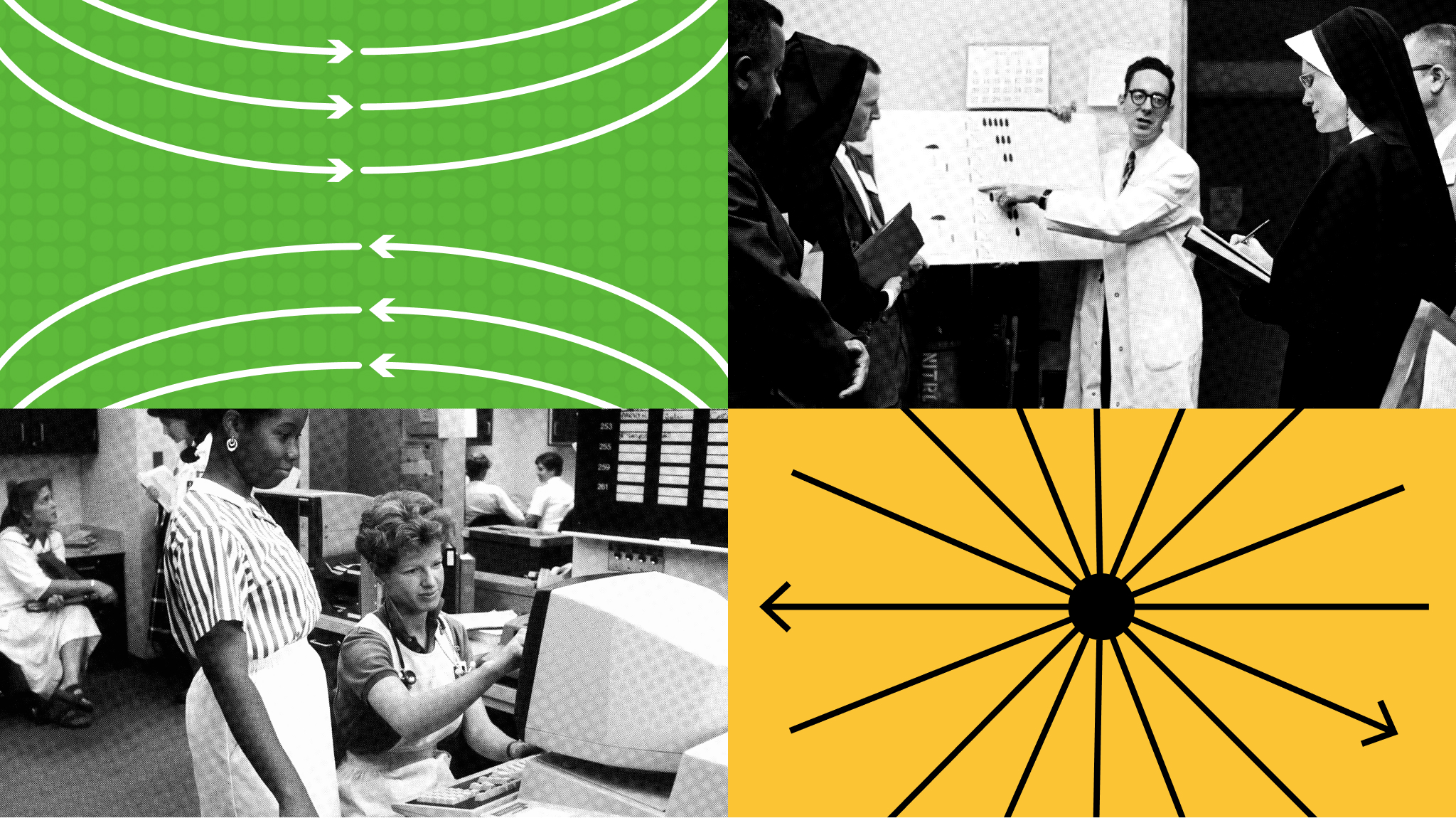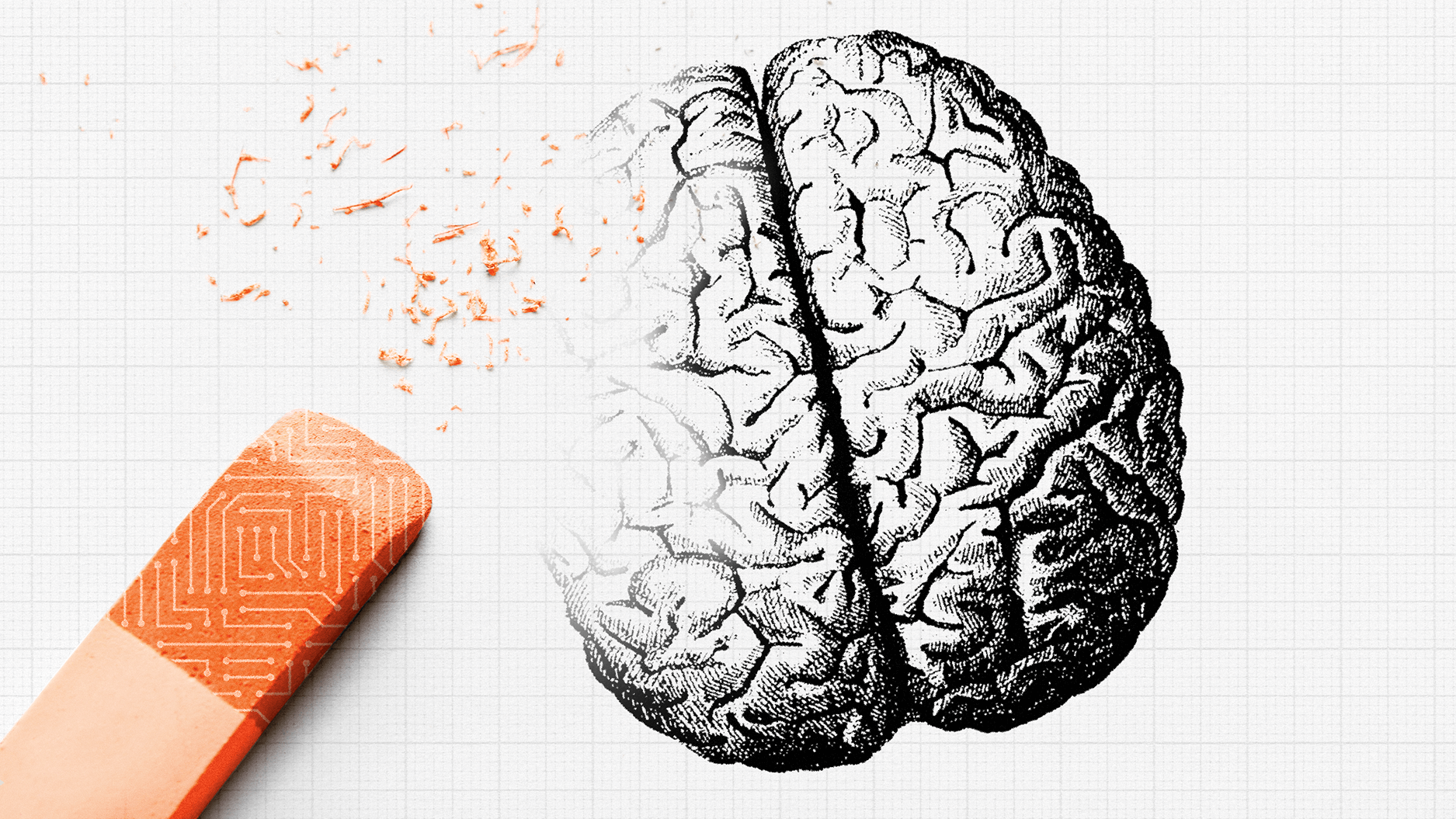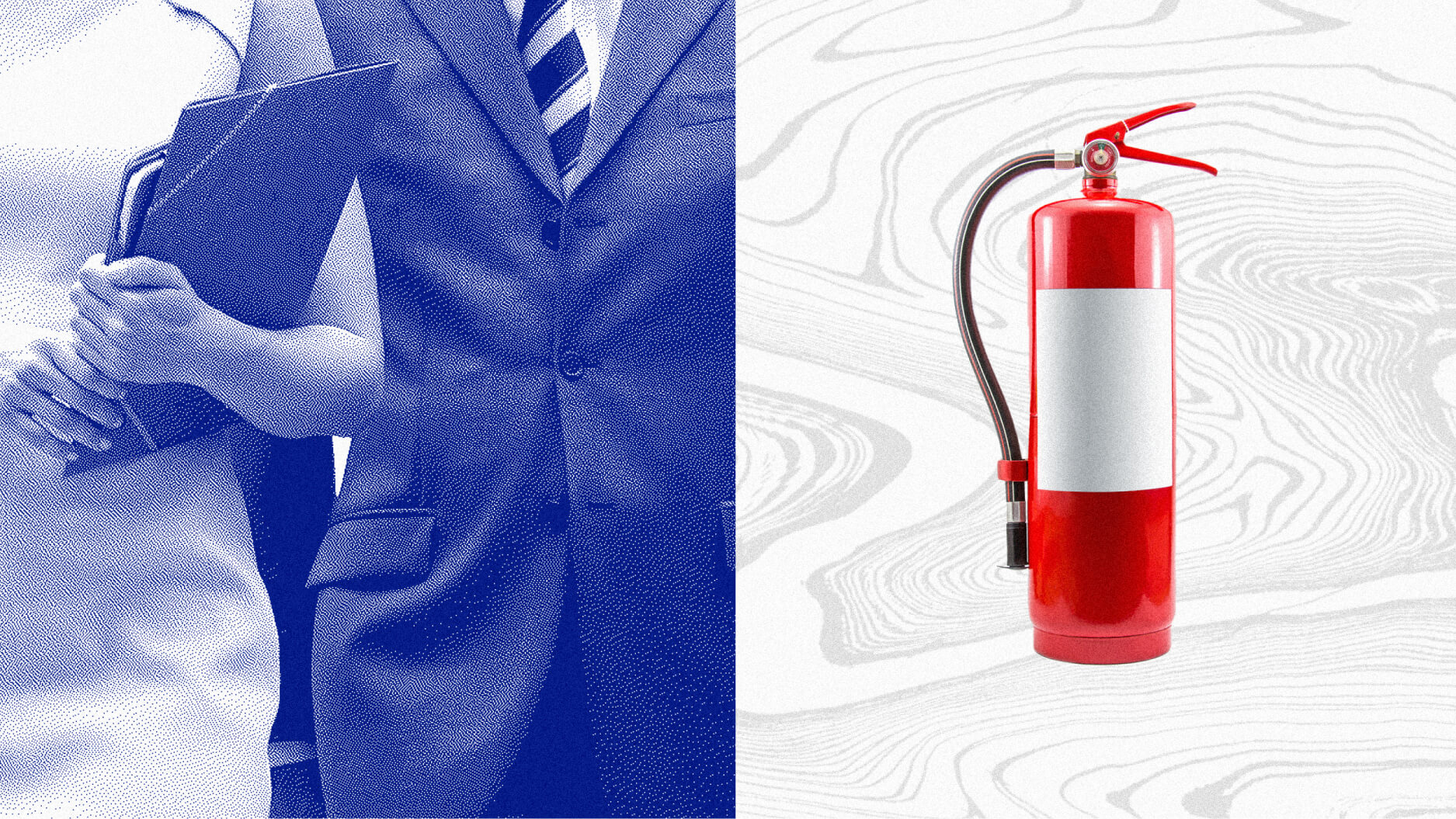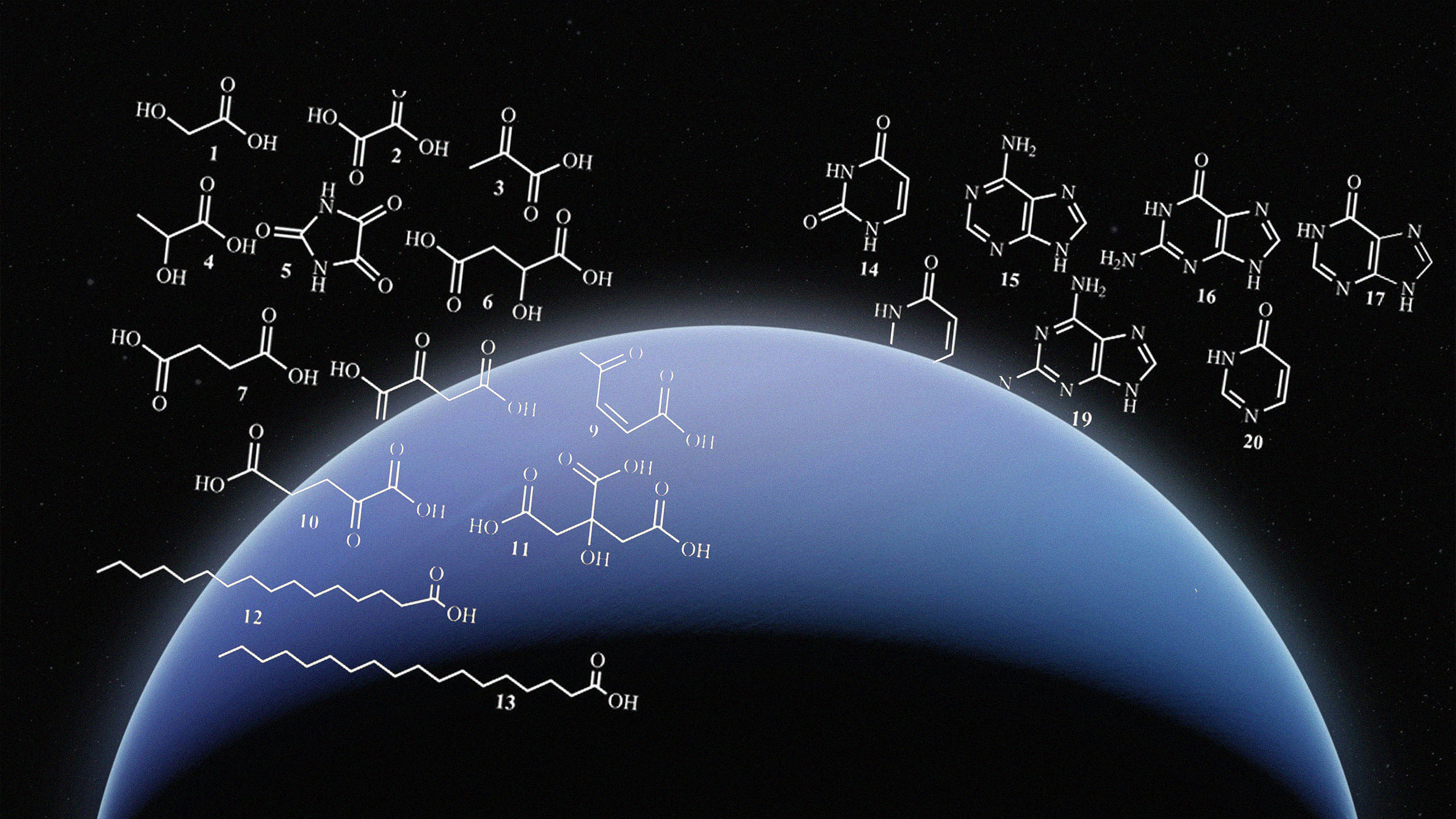How To Make a Microresolution

The following excerpt is from Small Move, Big Change by Caroline L. Arnold. Reprinted by arrangement with Viking, a member of Penguin Group (USA) LLC, A Penguin Random House Company. Copyright © Caroline L. Arnold, 2014.
Are you ready to make a microresolution?
Start by asking yourself what you’d like to improve about your life. Sticking with the example we explored in the last chapter, the first expression of your goal might be framed in broad terms—“I’d like to be neat”—and that’s a reasonable place to start. Yet neat is not a state you can adopt; rather, it’s a set of distinct behaviors that add up to neat according to your definition—there’s neat and then there’s neat. Every personalimprovement goal within your power can be reduced to a list of behaviors, whether your ultimate objective is to be neat, lose weight, get fit, be nicer to your spouse, be come organized, be on time, save money, advance your career, or get more sleep.
So taking neat as our example, the first step is to deconstruct what you mean by neat. Your most pressing neatness issues might be to keep clothes hung up and to stay on top of laundry; or perhaps every drawer is crammed and the bed never gets made; or maybe you leave dishes overnight and let items pile up on surfaces. Don’t bother compiling an exhaustive list; just pinpoint one or two behavioral changes you think would make a difference. Remember, you’re not trying to solve for neat overall; you’re just looking to identify a discrete behavioral change that will move the neat dial in the right direction.
If your neatness target is focused on managing clutter, your first resolution might be as simple as resolving to allow only certain items on certain surfaces. It’s hard to keep a surface organized when it’s littered with items that have nothing to do with its utility—e.g., coins and a comb and keys on a desk; magazines and bills on a bureau; mail stacked up on a kitchen island. If every surface you have is just a parking lot for whatever, dedicating surfaces might be a good first resolution (you might even want to start with just one surface). Once items are segregated in logical groups it’s much easier to see what’s required to keep a particular surface orderly.
For example, if your desk is overflowing with piles of unopened and unsorted mail, making a microresolution to sort and discard mail before you place it on your desk will probably eliminate threequarters of your pileup (neatness) and allow you to see at a glance what really needs handling (organization). If clothes sit in a heap on the bedroom chair all week, resulting in a mindnumbing weekend session of hanging up (now very wrinkled) clothing, you might consider a resolution to hang up your clothes as soon as you take them off or start with a resolution allowing any set of clothes only twentyfour hours on the chair.
Mindset Messaging
What about the mental habits that keep you from succeeding in your goals? In the present case, how might you improve your neatness mindset—values, preferences, and attitudes—to advance your objective? For example, a neat mindset might include the attitude it’s more productive to work at a clean desk. Such an attitude can be taught through practice, just as one can teach oneself a physical behavior through repetition. You can do this by resolving to give yourself a microresolutionmessage designed to improve your governing mindset. A change in mindset will drive behavioral change, just as a successful behavioral change ultimately alters your mindset through experience. As the nineteenth century psychologist and pragmatist William James observed, “The greatest revelation of our generation is the discovery that human beings, by changing the inner attitudes of their minds, can change the outer aspects of their lives.”
The mechanism for changing your mindset through messaging is the same as for changing a physical behavior: a targeted and limited resolution practiced relentlessly until it becomes automatic. The success of a microresolution message is measured solely by your remembering to give yourself the message in the circumstance you’ve selected, and that’s it. It’s like a mental tweet synchronized to a specific trigger.
For example, someone working on neat might resolve to send himself the message It’s really just as fast to hang it up when removing his coat. Using the removal of the coat to cue the message will disrupt the autopilot attitude I don’t have time to hang it up right now and likely lead, over time, to a preference for hanging up the coat. To once again quote James, “The mere thought of a behavior tends to lead to the performance of it,” or as Sigmund Freud put it, “The thought is father to the deed.”
Some of my most successful microresolutions have been mindset targeted. I once resolved to send myself the following message when I was tempted to snack in the late afternoon: I enjoy dinner so much more when I’m hungry for it. My resolution didn’t prohibit an afternoon snack; it simply posited the greater pleasure of sitting down to dinner with good appetite. Repeating this message to myself when I was tempted by a treat in the late afternoon led me to manage my snacks more closely and to give up noshing while preparing dinner (you know, that little piece of French bread, that extra glass of wine) and did indeed result in deeper enjoyment of the family meal I prepared each night. Repeating this message ultimately changed my mindset; I realized that by choosing to snack richly I was choosing to enjoy dinner less. I began selecting lighter snacks and timing them to result in greater appetite. Never before had I “saved” my appetite; I had always been an indiscriminate snacker. So much so, in fact, that every diet plan I had ever drawn up for myself had been focused on how many calories I could carve out for my snack allowance. Today I so prefer to save my appetite for meals that I seldom snack at all, and it’s all due to the mindset shift created by faithfully repeating my hungry for dinner message when tempted by treats in the afternoon.
From Small Move, Big Change by Caroline L. Arnold. Reprinted by arrangement with Viking, a member of Penguin Group (USA) LLC, A Penguin Random House Company. Copyright © Caroline L. Arnold, 2014.
Image courtesy of Shutterstock





